Thymosin Beta-4 (TB-4) is a 43–amino-acid peptide naturally present in mammalian tissues, known for its multifaceted roles in wound healing, angiogenesis, and cytoskeletal regulation. It sequesters G-actin monomers, modulating actin polymerization to support cell migration and tissue repair. TB5, our 5 mg formulation, is optimized for in vitro and ex vivo studies of regenerative biology, inflammation modulation, and cytoskeletal dynamics.
Chemical Makeup
-
Sequence:
Ac-Ser-Asp-Lys-Pro-Ser-Thr-Met-Ala-Glu-Glu-Lys-Phe-Glu-Glu-Ile-Glu-Lys-Phe-Glu-Glu-Ala-Ala-Glu-Lys-Lys-Ala-Lys-Lys-Glu-Val-Ser-Pro-Glu-Thr-Gly-Asp-Asp-Glu-Glu-Leu-Glu-Glu-Phe-Gly-NH₂ -
Molecular Formula: C₁₉₁H₃₂₁N₅₅O₆₁
-
Molecular Weight: 4,938.6 Da
-
CAS Number: 77591-33-4
Research & Applications
-
Wound Healing & Tissue Repair
Demonstrates accelerated epithelial migration and faster closure rates in rodent dermal injury models. -
Angiogenesis
Upregulates VEGF expression, promoting new vessel formation in ischemic tissues. -
Anti-Inflammatory Activity
Suppresses pro-inflammatory cytokines (e.g., TNF-α, IL-6) in macrophage assays, aiding studies of inflammatory pathways. -
Cytoskeletal Dynamics
High-affinity G-actin binding enables controlled investigation of actin filament assembly/disassembly in live-cell imaging.
Recommended Usage
-
Working Concentration: 0.1 – 10 µM in cell culture or tissue assays
-
Solubility: Readily soluble in sterile water; gentle warming (~30 °C) and vortexing may aid dissolution
-
Vehicle Compatibility: Compatible with PBS, serum-free, and low-serum media
Packaging & Storage
-
Packaging: 5 mg amber glass vial with desiccant pack
-
Shelf Life: Up to 12 months unopened
-
Storage Conditions: Store at −20 °C; avoid repeated freeze–thaw cycles
All products are sold for laboratory, research, or analytical purposes only. Not for human consumption.
References
-
Lennon, D. P. et al. “Thymosin β4: Roles in cell migration and wound repair.” J. Cell. Biol. 2003.
-
Malinda, K. M. et al. “Thymosin β4 accelerates dermal wound healing.” J. Investig. Dermatol. 1993.
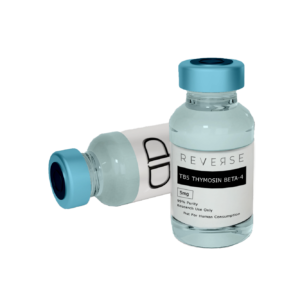

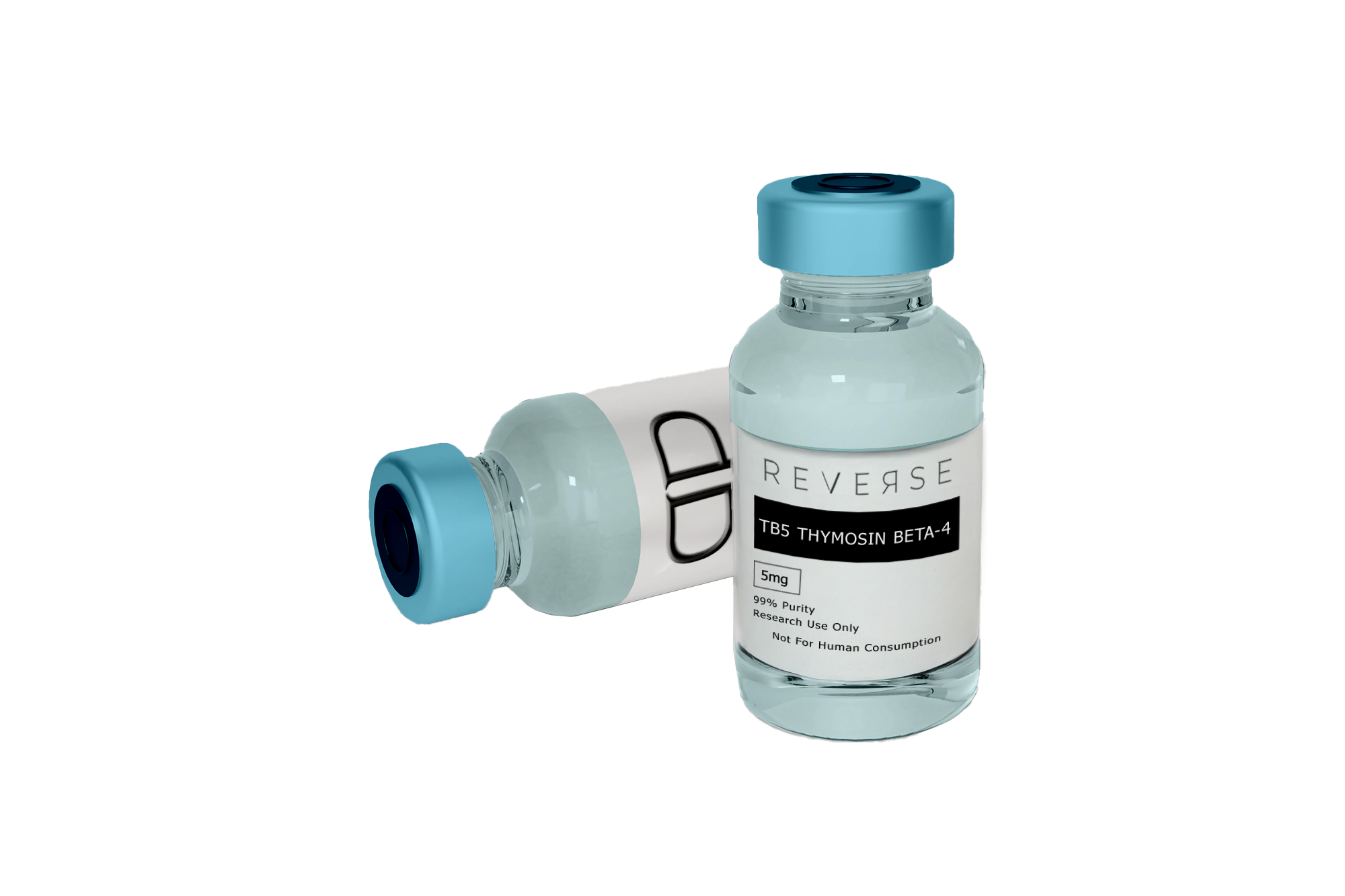
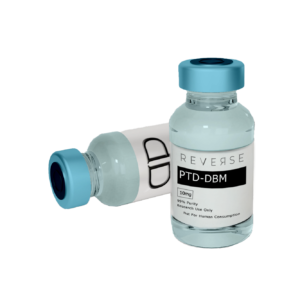
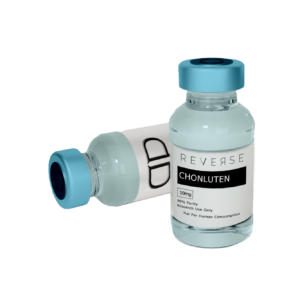

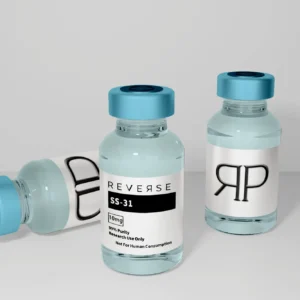
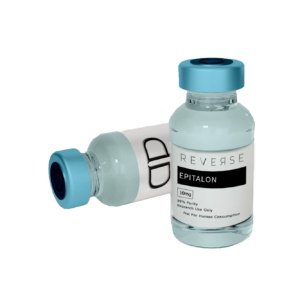
Reviews
There are no reviews yet.